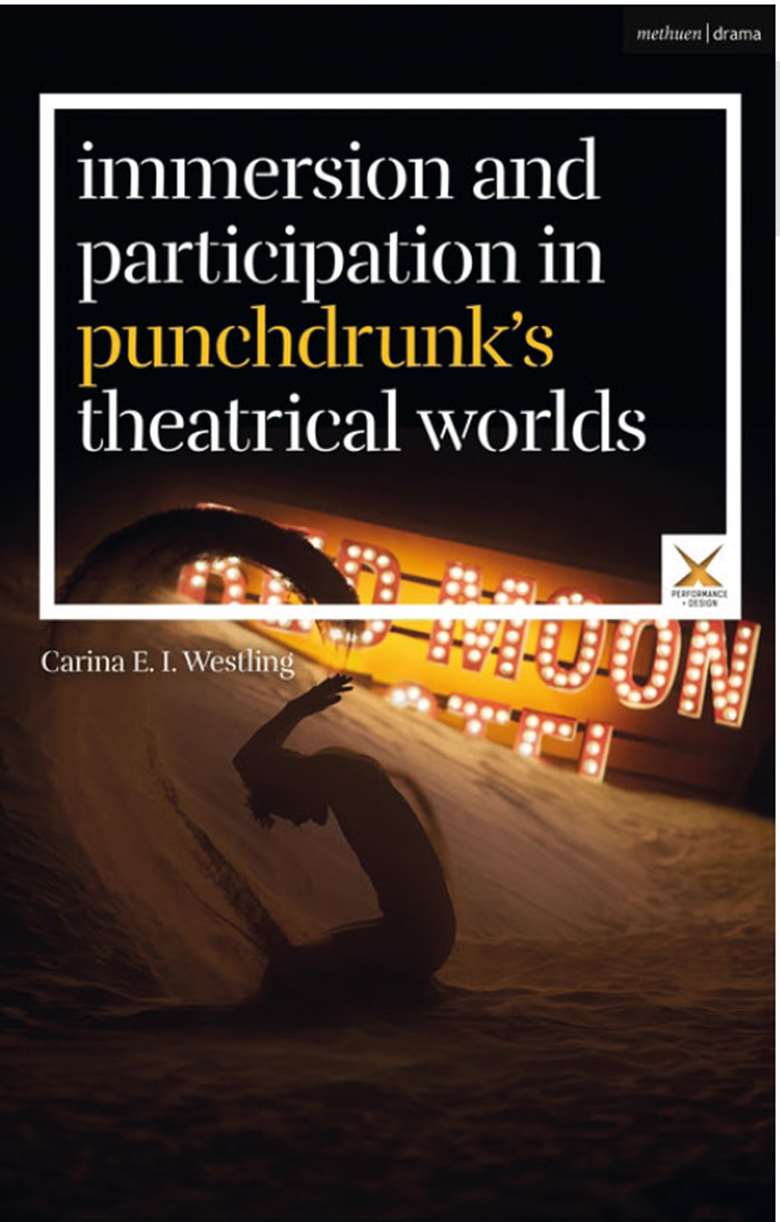Immersion and Participation in Punchdrunk's Theatrical Worlds, by Carina E. I. Westling
Rhianna Elsden
Tuesday, September 1, 2020
An admirable study but not a very accessible introduction to Punchdrunk, published by Methuen Drama

From the title, this book might appear to be a book about Punchdrunk. I found it to be about immersion experience, using Punchdrunk for its examples. The difference may sound small, but I think it is important to understand the distinction.
Central to the book is a study of how immersive experience is produced with physical and digital scenography for participating audiences. The content draws upon a participant study, with field observations and interviews with company members and audiences. The data extracted was then modelled and analysed using de Certeau's theory of space and place and informed by Delueuze and critical post-humanist theory with a focus on perceptions and processes in relation to the experiences of participants in Punchdrunk's work.
I already knew Punchdrunk's work has precise thought and planning in every aspect of the design and how the audience encounters the work, but this book proves the amazing depth of this. It also draws in some extremely complex psychology into immersion and gives a very well researched theoretical explanation and understanding of what is going on for a person in virtual or physical entertainment, including how actual gravity present in one and not in the other changes experience and engagement. There is also some very interesting drawing in of Artaud and Theatre of Cruelty, specifically environmental scenography, ie. theatre that is critically concerned with the place of the spectator within the organisation of the space.
All in all, it is clear that writer Carina E.I. Westling – a lecturer in cross-platform Media at Bournemouth University – is someone who knows her field very well. However, while I got the sense that Westling greatly admires Punchdrunk's work, her field is not theatre, and the book has to be really carefully read to pull from it the details that could be useful for someone wanting to replicate or understand Punchdrunk's theatre further.
I admired the writing and research, but I can't unfortunately say I enjoyed it. Punchdrunk's work is amazing; knowing about the wider science in which their ideas operate took me too far away from reading more about the productions.

